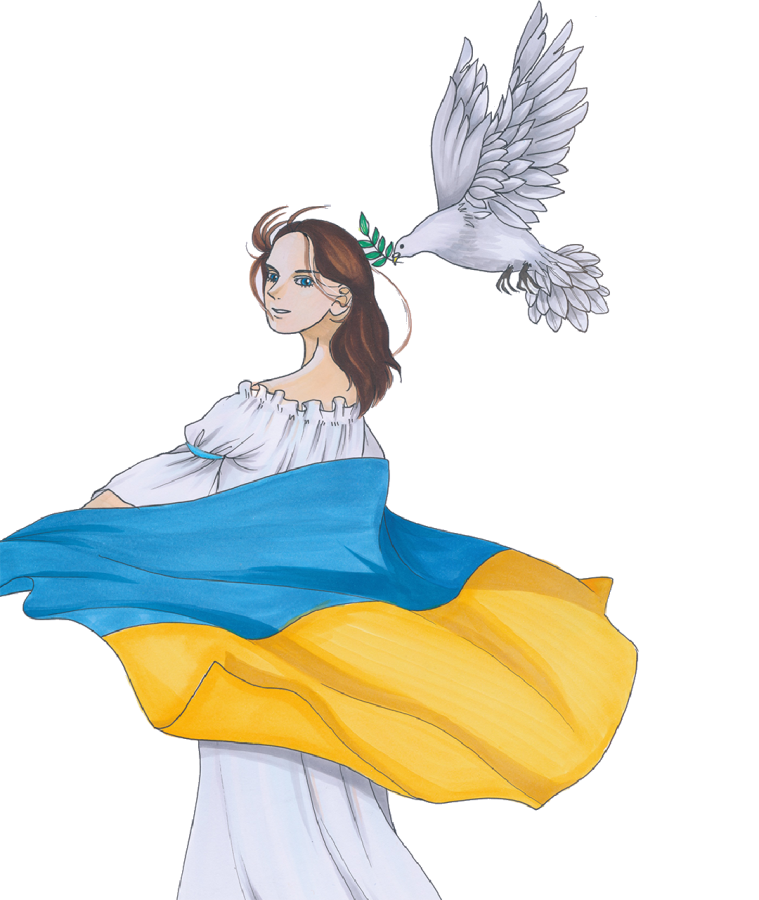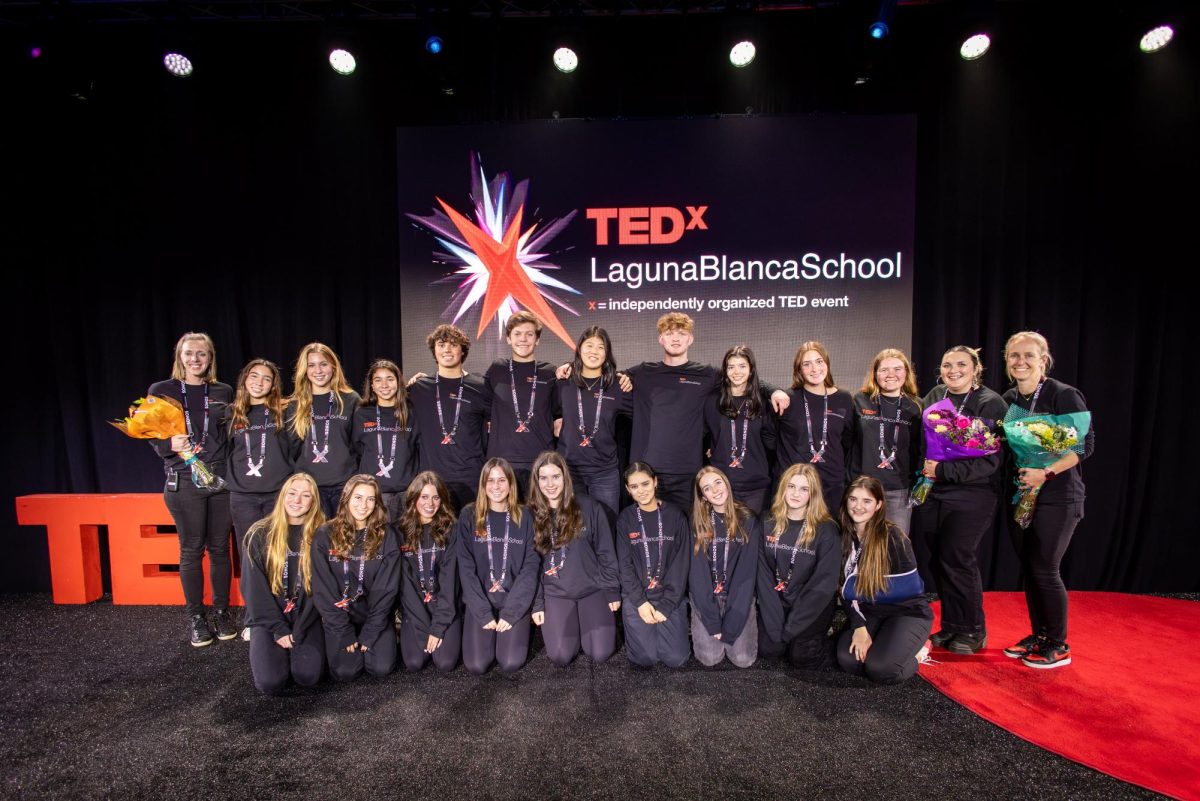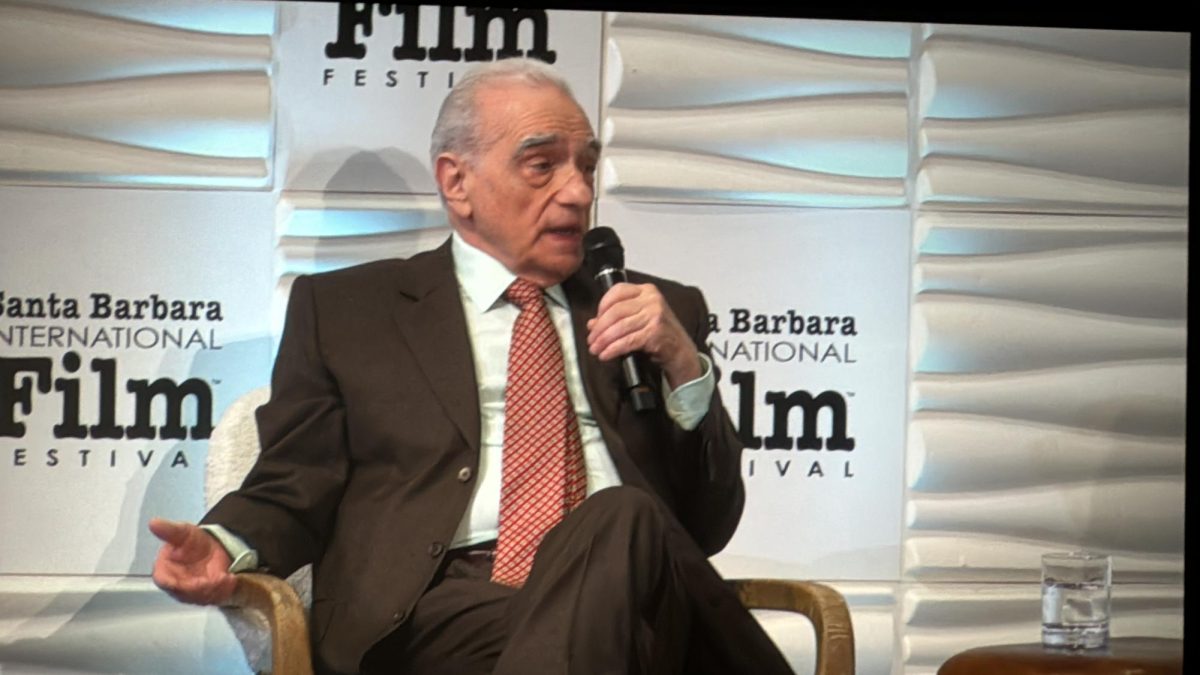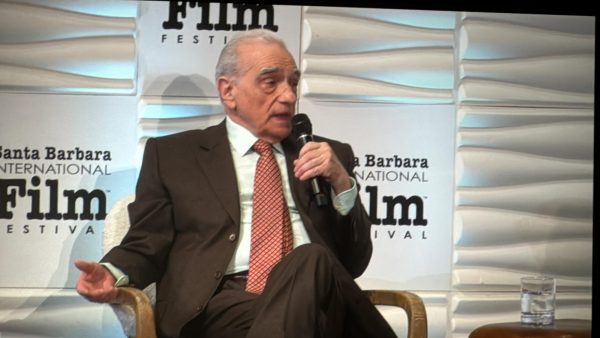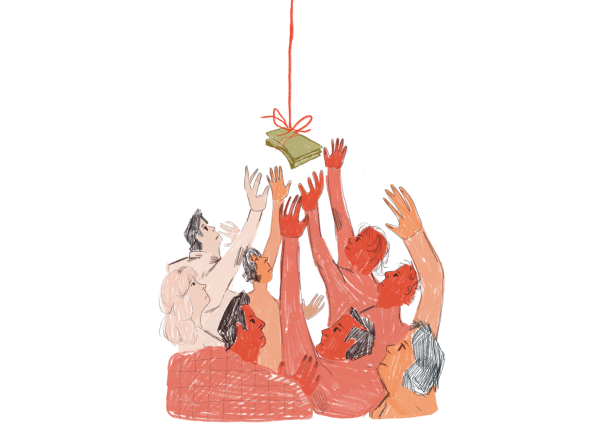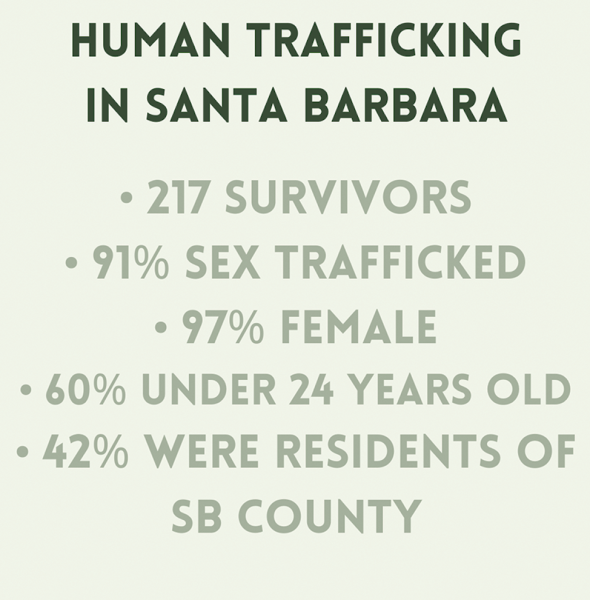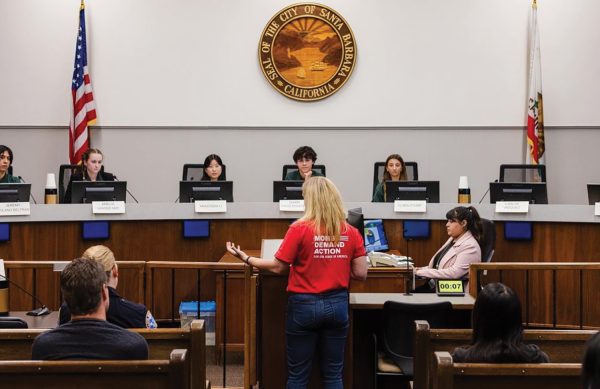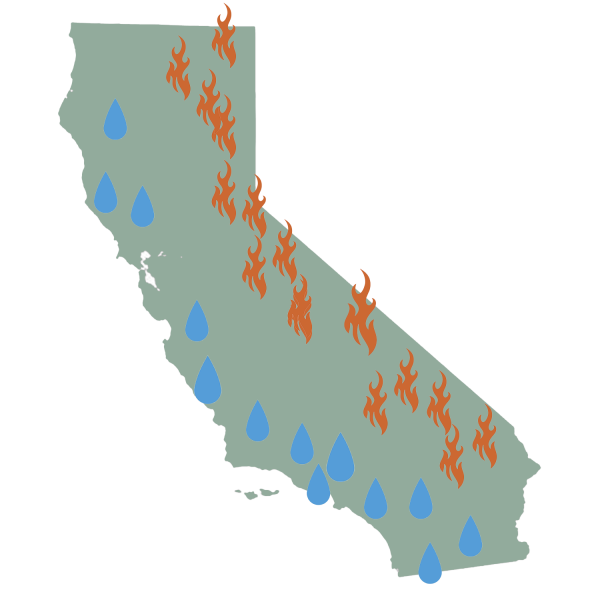A Look into Ukraine
Ukrainians are fighting to save their country while the world watches.
June 12, 2022
On Feb. 24, Russia launched an all-out invasion of Ukraine by land, air and sea.
The roots of the war began when the Ukrainian people protested their corrupt government and began to demand reform in 2014, which would lead to ousting of the Russian-controlled oligarchy and gradual democratization of the country.
Russia was threatened by the sudden change and began to support rebellions in eastern Ukraine. Later that year, disguised Russian soldiers staged a rebellion in Crimea, a strategically important peninsula, claiming that it had wrongly been given to Ukraine by the Soviet Union.
War erupted in the East as Russian-backed militants seized parts of the Donbas region. Fighting there continues to the current invasion.
Putin has given several reasons for the invasion. To the West, he has primarily enforced the narrative that NATO is a threat to Russia, and by moving into Ukraine, they are attacking his sovereignty. To his own people, he has weaved a narrative that the West installed a far-right dictatorship in Ukraine and that Russia has to save their brethren in Ukraine from the West.
While these are lies, they may reflect the reality Putin sees. He regards the U.S. and NATO as the main drivers of democracy in Ukraine, not the Ukrainian people.
Because he relied on the Ukrainians to be apathetic to his invasion, he thought he could overwhelm them without significant resistance. This was wrong, and is why many believe he’s already lost the war. While logistical issues and a surprisingly competent Ukrainian military have slowed the Russian advance, the main problem for Putin is that he’s facing an enemy far more determined than he thought.
He may take Kyiv and occupy the country, but Russia cannot fight a war forever, and as long as Russia tries to control Ukraine they will continue fighting. To the shock of both the West and Russia, Ukrainians have shown an unbreakable will to resist. Kharkiv, a city Russia expected to take within days, has continued to hold out even as bombing and shelling ramp up.
The Ukrainian army has surged in size, and Russian troops have stalled on all fronts.
From the last stand at Snake Island, the Ghost of Kyiv, and Vitaliy Volodymyrovych Skakun’s self-sacrifice to blow up a bridge to stop the Russian advance, stories of Ukrainian resistance have become known across the world.
Protests are what initially planted the seed for the war, and they might be what ends it.
There has been an out swelling of support in the West as thousands have marched to demand stronger sanctions.
Online the Hacker Collective Anonymous declared cyberwar on Russia and has carried out cyberattacks, hijacking government websites and state television, leaking classified information, and disrupting Russian propaganda. Massive demonstrations in Berlin have helped push its initially reluctant government to act.
However, the most surprising and meaningful are acts of protest in Russia. Facing long sentences, torture, and reprisals, thousands have taken to the streets to protest the war in Russia.
While many in Russia believe the Kremlin’s story of rescuing Ukraine from the West and Nazis, a growing number do not. And as the war continues and Putin gets more desperate, the gap between the reality on the ground and the official story widens. Ukraine is determined to fight to the bitter end, and it seems if the war continues, Russians may not.



